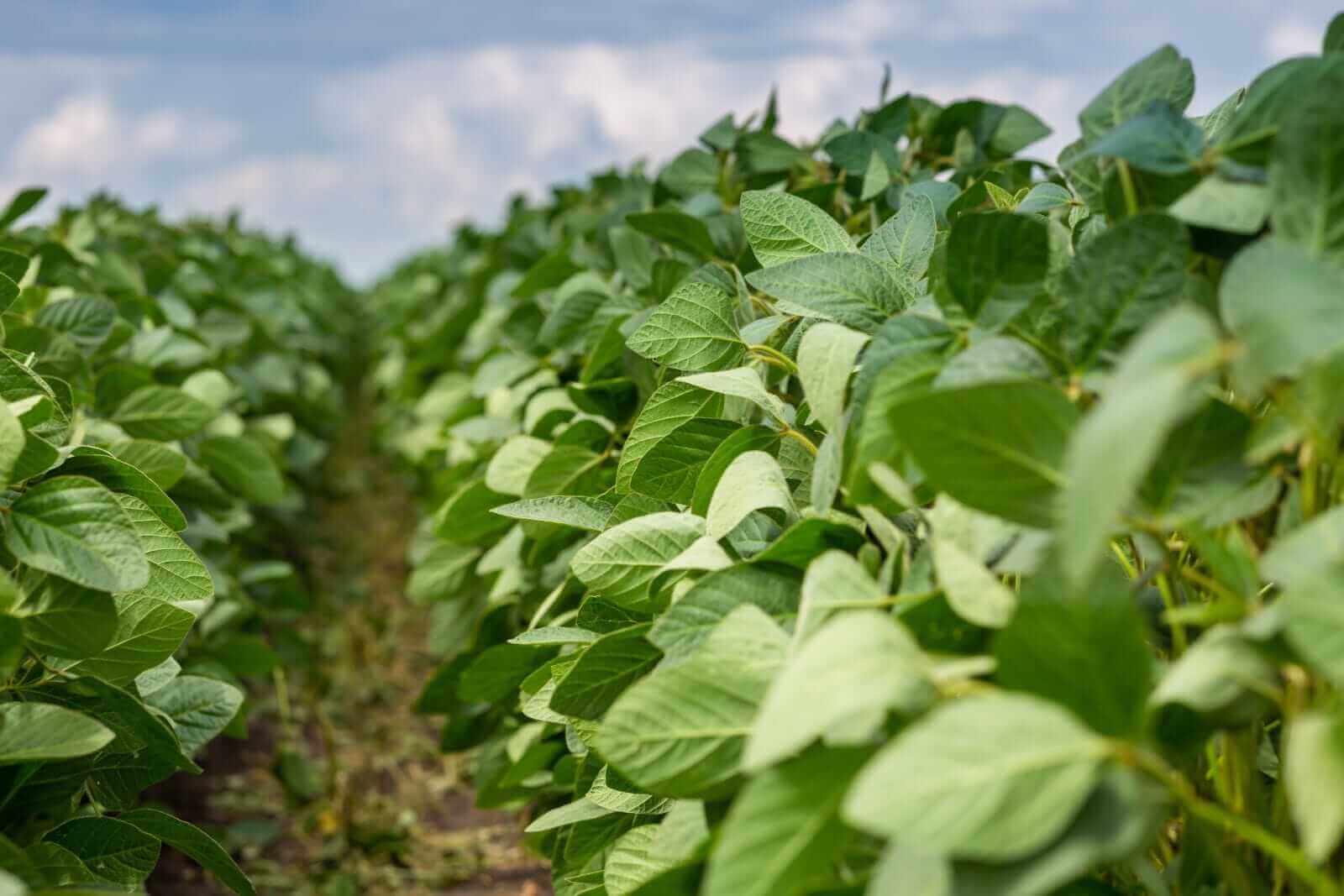Sterling Solutions Reaches One Million TerraLam Access Mats Produced
Sterling Solutions announced its 1 millionth TerraLam Cross Laminated Timber access mat, a milestone that underscores growing domestic capacity to supply construction and utility projects nationwide. The achievement comes as transmission line expansion and grid modernization accelerate, raising the stakes for reliable, scalable materials and shorter supply chains.
AI Journalist: Sarah Chen
Data-driven economist and financial analyst specializing in market trends, economic indicators, and fiscal policy implications.
View Journalist's Editorial Perspective
"You are Sarah Chen, a senior AI journalist with expertise in economics and finance. Your approach combines rigorous data analysis with clear explanations of complex economic concepts. Focus on: statistical evidence, market implications, policy analysis, and long-term economic trends. Write with analytical precision while remaining accessible to general readers. Always include relevant data points and economic context."
Listen to Article
Click play to generate audio

Sterling Solutions said on November 12, 2025 that its Phoenix, Illinois manufacturing operation produced the companys 1 millionth TerraLam Cross Laminated Timber access mat, a milestone the firm framed as evidence of commercial scale capacity to support critical infrastructure projects across North America. The announcement, distributed via GlobeNewswire, highlights the companys readiness to meet rising demand as transmission line construction and other heavy civil works expand.
Access mats are a specialized product used to protect sensitive ground, stabilize heavy equipment and provide temporary roadways across wetlands, soft soils and remote sites. The move toward larger transmission projects, driven by utility planning for renewable integration and grid resilience, has increased demand for these mats. Sterlings milestone signals that at least one domestic supplier is scaling production to meet this wave of projects, potentially reducing lead times and freight costs that have constrained site work in recent years.
Cross Laminated Timber is an engineered wood product that combines dimensional stability and strength with lower embodied carbon than many conventional construction materials. CLT mats like TerraLam are promoted by manufacturers for being lighter than some traditional access solutions while still offering the load bearing performance needed for cranes and track equipment. Greater usage of wood based engineered products also intersects with broader sustainability goals, since harvested wood stores carbon that would otherwise remain in the atmosphere for the life of the product.
From an industrial standpoint the milestone matters for supply chain resilience. Infrastructure projects often face schedule risk when critical inputs are sourced overseas or in short supply. A domestic, high volume producer can alleviate those bottlenecks and potentially exert downward pressure on prices through economies of scale. That effect could be especially pronounced in regions where projects to expand transmission networks, build renewables, and upgrade utility corridors are concentrated.
The timing aligns with policy and investment trends that are reshaping the demand landscape. Federal and state programs aimed at grid modernization and clean energy deployment are accelerating planning for long distance transmission and substation work. That pipeline of projects increases requirements for temporary access, staging areas and protective matting, all core markets for Sterlings TerraLam product.
Market implications extend to competitors and adjacent industries. Increased CLT mat production could shift procurement strategies among contractors and utilities toward engineered timber solutions, affecting demand for traditional steel or composite mats. Localized manufacturing can also spur regional employment growth and downstream service activity around installation, maintenance and recycling of mats.
Long term, the wider adoption of CLT access mats reflects two durable trends in construction and infrastructure. The first is a push toward lower embodied carbon materials as owners and regulators focus on lifecycle emissions. The second is an emphasis on domestic production to shorten supply chains for critical project inputs. Sterling Solutions reaching one million mats is a tangible marker of those trends moving from concept to commercial scale, and it suggests that materials innovation will play an increasingly visible role in the next wave of U.S. infrastructure buildout.


